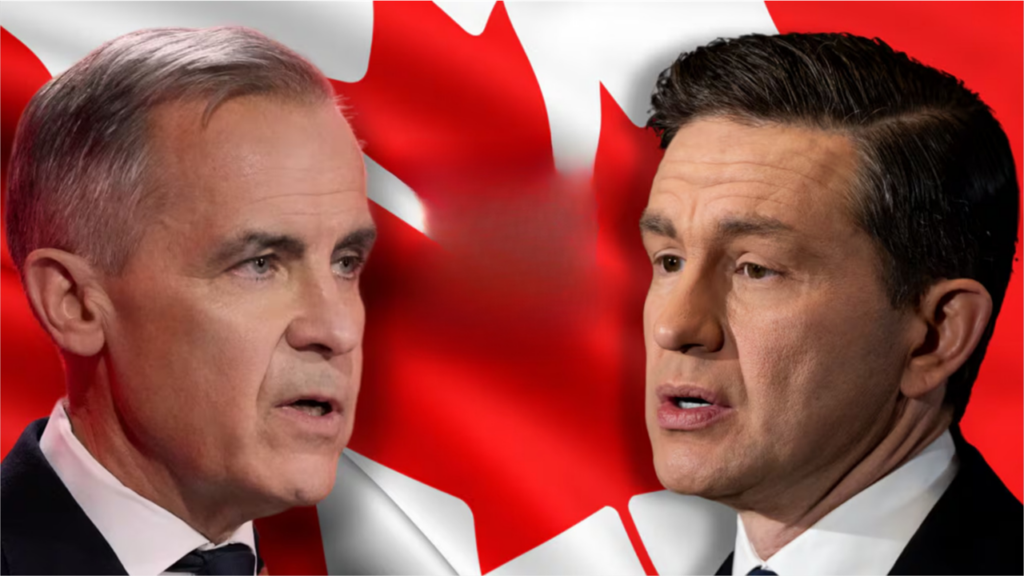India Vs Pakistan | Armstrong Economics
COMMENT #1: Hi Martin,
Looks like Socrate’s forecast for India vs. Pakistan is close.
BT
COMMENT #2: I confess. I do not know how you do it. You warned us here that India and Pakistan could be at war in 2025, and you said that five years ago when you were here. No wonder the government wanted your code, and they kept you in prison on civil contempt longer than anyone in history. They and Bloomberg have done their best to try to stop people from listening to you. They don’t understand; there’s more to this than you just saying something.
God Bless.
DH
COMMENT #3: I don’t know how you do it. You are unbiased and never political. I have seen you criticize Trump as well, showing you are always objective. When you were here in India, your long-term forecast was remembered. We never thought it was implausible. Now, 2025 has arrived, and the hostilities have bubbled to the surface.
Thank you for your remarkable objectivity.
PN
Pakistan Shuts Airspace, Indian Warships Move Towards Pakistan, Water War Begins
ANSWER: Pakistan has issued a maritime warning ahead of a missile test off the Karachi coast, intensifying tensions with India following a deadly terror attack in Kashmir. India has blamed Pakistan-based terror groups and retaliated by suspending the Indus Waters Treaty and shutting down key diplomatic and border ties. As Pakistan prepares surface-to-surface missile tests in the Arabian Sea, India has expelled Pakistani diplomats and ordered SAARC visa holders to leave.
Both nations are now scaling down their embassies, raising fears of escalation between the two nuclear-armed neighbors. India gave Pakistanis 48 hours to get out of the country. The grudges remain for centuries, and there is never any actual resolution – only a temporary pause in hostilities.
My mother always told me that there was a time and a place for everything. When I think back, she would always counsel patience. Even Maggie Thatcher, when we had a conversation about politics, long before Tony Blair was on the scene, she said that the Conservatives would lose the next election. When I asked why? She responded – “It’s just time.” When I was in the middle of tax reform going back and forth between Bill Archer, chairman of the House Ways & Means Committee, and Dir Army, leader of the Republicans, Dick said to me he could not agree with Bill on the Retail Sales Tax substitute for the Income Tax and said, “Marty, you know cycles. When the Democrats get back, “we would have both the Income Tax and the Retail Sales Tax.” I admitted, Dick was right.
It’s a matter of time. India and Pakistan are religiously divided, so there is no solution like Protestant vs. Catholic, Greek vs. Turkish, French vs. English or American, or Ukrainian vs. Russian. It’s never going to reverse centuries of hatred and suspicion.
The reasons for the partition originally included longstanding religious tensions, political demands for separate nations, and perhaps the British policy of ‘divide and rule’ exacerbating these differences. There were also events like the Direct Action Day in 1946, led by the Muslim League, which resulted in violent riots, making partition seem like a necessary solution to prevent further bloodshed.
But the partition itself was messy. There was a massive migration of people across the new borders, with Hindus and Sikhs moving to India and Muslims to Pakistan. There was a lot of violence, massacres, and displacement during this time. The region of Punjab and Bengal was divided between the two countries, leading to the current borders. Also, the princely states had to choose which country to join, which led to conflicts, like in Kashmir.
The partition of India and Pakistan occurred on August 15, 1947, when British India was divided into two independent nations: India (predominantly Hindu-majority) and Pakistan (Muslim-majority, split into East and West Pakistan until 1971, when East Pakistan became Bangladesh). The process was marked by widespread violence, displacement, and one of the largest mass migrations in history.
After World War II, Britain sought to withdraw from India quickly. The 1946 Cabinet Mission Plan initially proposed a united India with loose federations, but negotiations collapsed due to distrust between the Indian National Congress, led by Jawaharlal Nehru and Mahatma Gandhi, and the Muslim League.
Lord Mountbatten, the last Viceroy, accelerated the partition process through the June 3, 1947, Plan (also known as the Mountbatten Plan), which divided British India along religious lines. The partition remains a defining and traumatic event in South Asian history, shaping the region’s geopolitical dynamics to this day.















